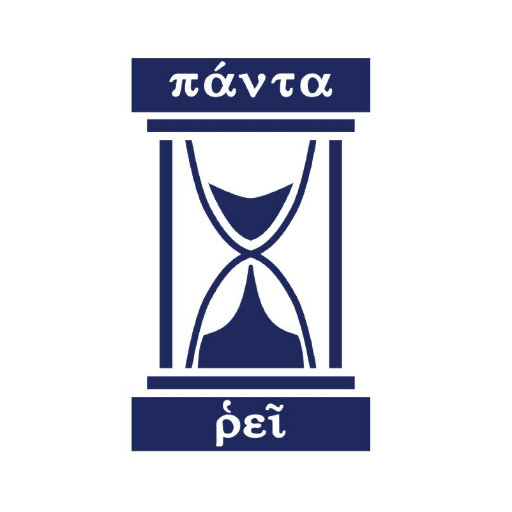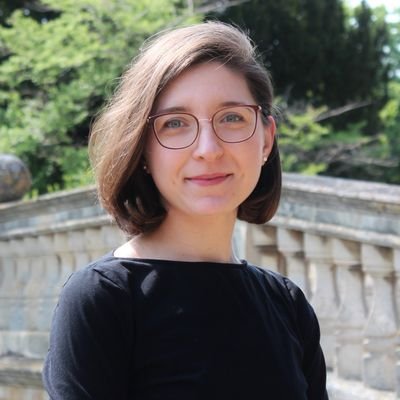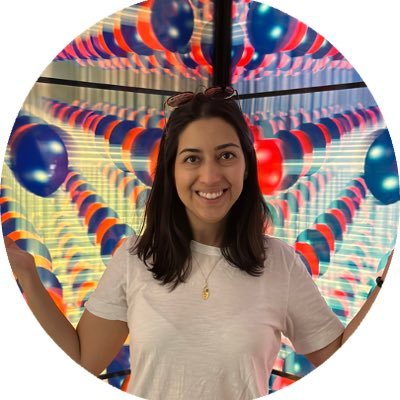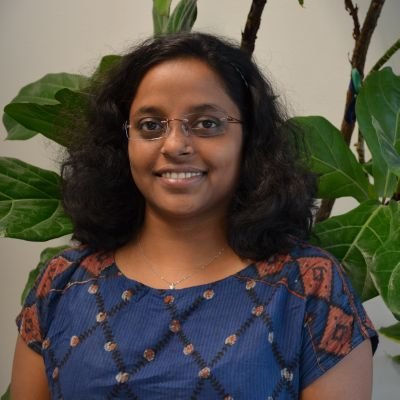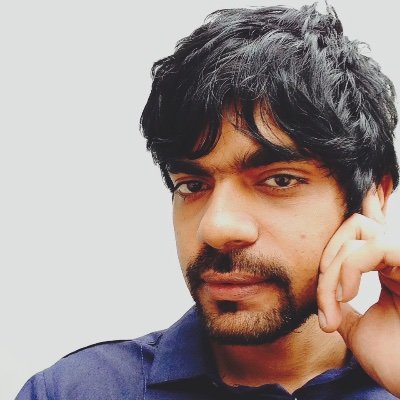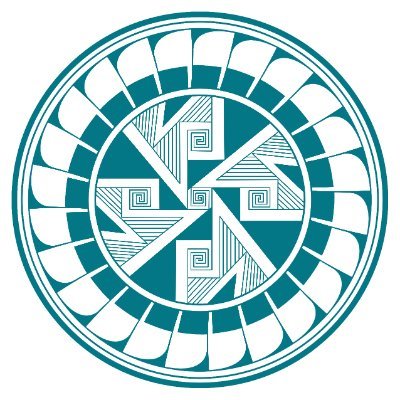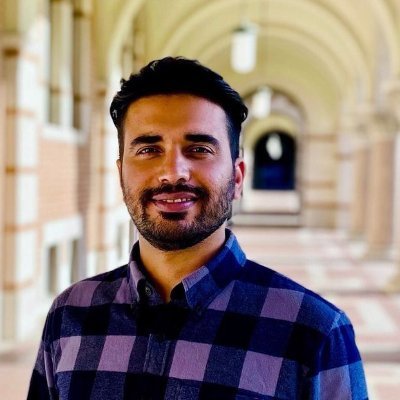
Sadjad Arzash
@SadjadArzash
Followers
88
Following
125
Media
9
Statuses
73
Postdoc @GeorgiaTech. Previously @SyracuseU and @Penn. PhD @RiceUniversity. Soft matter and biophysics theory
Joined February 2024
Epithelial convergent extension as a tuning process https://t.co/FYhzOqm5Lk
#biorxiv_biophys
biorxiv.org
Self-tuning—the ability of disordered systems to develop desired collective behaviors by tuning internal couplings in response to feedback—has recently emerged as a powerful framework for understan...
0
1
3
Inferring division-induced force dipoles from tissue strain fields quantifies the mechanical forces of cell division and their impact on tissue mechanics. Read more: https://t.co/kawZJ3Is3f
2
4
20
It’s back! The DBIO Focus Session on Collective Behaviors in Biology returns to #APSMarch #APSSummit26 🎉 Submit your abstract by Oct 23 and join us in Denver! https://t.co/SgOQxCExz3 Invited Speakers: Jasmin Imran Alsous (Flatiron Institute) & Shiladitya Banerjee (Georgia Tech)
0
2
5
A side-by-side comparison shows how six types of vertex models for living tissues exhibit similar mechanical behavior, with stiffening governed by cell shape — suggesting the rigidity transitions and viscoelastic responses of these models are universal. https://t.co/8ruFDpsB82
0
7
35
🚨 New paper from my lab!🚨Led by @zain_shabeeb We developed a physics-informed Transformer-VAE that learns the complex motion of NPs in LPTEM, linking stochastic trajectories to hidden physical interactions @NatureComms @gatechengineers @GTChBE
nature.com
Nature Communications - Understanding nanoparticle motion in complex liquids via Liquid phase transmission electron microscopy is limited by the difficulty of linking observed dynamics to...
1
6
22
Excited to share our new paper in @PRX_Life! We uncover universal viscoelastic behavior in different vertex models of biological tissues, explaining why so many models work so well. Enjoyed working with Ojan (co-first), Liz & Lisa on this! See https://t.co/xLKrx2ZkGI
A systematic comparison of diverse cell packing models reveals shared mechanical rules that govern how tissues stiffen, yield, and reorganize — shedding light on the physical mechanisms behind #morphogenesis. Read the paper: https://t.co/8ruFDpt8XA
0
1
25
Curved-edge vertex models and increased tissue fluidity, Michael F. Staddon and Carl D. Modes #Biophysics #SoftMatter
https://t.co/NDFJblMZSM
1
10
38
Simulations of cancer cell invasion reproduce experiments in microfluidic channels, showing how confinement, adhesion, and chemotaxis affect how cells break off from an invading front and rupture — behavior that can lead to #metastasis. Read the paper: https://t.co/WCcR4Fi355
1
16
68
Excited about discoveries of topological motifs in complex network materials! If you have not read the beautiful paper by Giorgia Palombo, Simon Weir, @Dmichiel1, and Yair Fosado https://t.co/mhctDjKrBJ yet, please do! This is just my teaser …
nature.com
Nature Materials - The high-frequency elastic response reveals interpenetrated and polycatenated structures in DNA nanostar network materials.
0
7
45
We’re accepting submissions for our new Collection on Adaption and Learning in Biological. If you study living systems with a focus on understanding learning and memory in adaptive responses, submit your manuscript by Sept. 1. 🔗 https://t.co/M12RRYWrmQ
0
10
35
Rigidity of epithelial tissues as a double optimization problem, Sadjad Arzash, Indrajit Tah, Andrea J. Liu, and M. Lisa Manning @SadjadArzash @ManningResearch #SoftMatter #Biophysics
https://t.co/MiWacDIVjS
2
17
67
#ICYMI: Research in @PhysRevLett introduces a temperature-like variable to address the second law's breakdown in nonequilibrium systems, aiming to surpass the limits of the #Einstein relation. 🔗 https://t.co/w3PjP2qS4P
#Physics
0
17
66
Please join BPPB on Friday January 17 for an exciting talk by Sara Jabbari Farouji on "Active polymers and filaments in static and dynamic heterogeneous media". For more information about the seminar series & to sign up for our email list, please visit https://t.co/RhfShyLTI7
0
7
15
Building rigid networks with prestress and selective pruning, Marco A. Galvani Cunha, John C. Crocker, and Andrea J. Liu #Networks #SoftMatter
https://t.co/yOqFG5wF39
0
2
3
New preprint: How do cells become super-competitors and invade a tissue? "Physical traits of supercompetitors in cell competition" https://t.co/F4cLMvzGkD
3
35
213
Congrats to SFI External Professor Andrea J. Liu, who received the 2025 Leo P. Kadanoff Prize from @APSphysics! https://t.co/YH1qcArgM8
0
4
39
A growing cell colony can develop concentric wavelike patterns in cell size due to purely mechanical processes such as the inevitable collisions between cells https://t.co/wcyrtqqYB6
2
31
109



